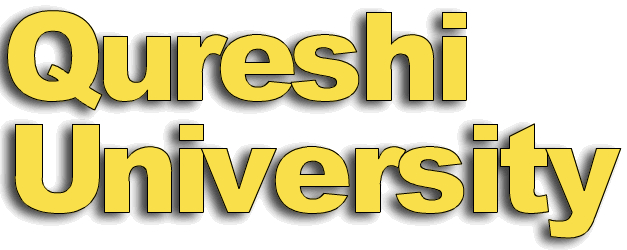Basic Airway Management & Endotracheal Intubation
(Note: Rapid sequence and use of pharmacologic
adjuncts for intubation are not specifically covered in this section)
Indications:
1.
 Treatment
of symptomatic hypercapnia.
Treatment
of symptomatic hypercapnia.
2.
Treatment of symptomatic
hypoxemia.
3.
Airway protection against
aspiration.
4.
Pulmonary toilet.
Contraindications:
1.
Awake patient.
2.
Airway can be managed less
invasively.
Equipment:
1.
IV access, EKG, pulse ox monitors.
2.
Suction apparatus.
3.
Oropharyngeal, nasopharyngeal
airways.
4.
Non- rebreather mask.
5.
Oxygen.
6.
Bag valve mask.
7.
Appropriate size endotracheal tube
(7.5 mm adult, child = diameter of little finger); with stylet and 10cc
syringe.
8.
Laryngoscope blade and handle
(appropriate size).
9.
Tape.
Endotracheal
tube and laryngoscope sizes:
|
Age:
|
Preemie
|
Neonate
|
6
mo.
|
1-2
yr.
|
4-6
yr.
|
8-12
yr.
|
Adult
|
|
Tube
size:
|
2.5
|
3-3.5
|
3.5-4
|
4-5
|
5-5.5
|
6-7
|
7.5-8.5
|
|
Blade
size:
|
0
|
0-1
|
1
|
1-2
|
2
|
2-3
|
4-5
|
Procedure:
- Assess airway
note landmarks, swelling, deformities. Remove dentures. Assess tongue
size, dental obstruction, visibility of oropharynx, degree of neck
mobility. - Maintain cervical spine stability as necessary.
- Open airway:
suction or manually extract foreign material. Chin lift, jaw thrust.
- Heimlich maneuver
as needed.
- Use artificial
airways if needed: oropharyngeal, nasopharyngeal. (See Figure 1)
- Preoxygenate with 100% non-rebreather or bag-valve-mask. Keep pulse ox greater
than 95% at all times.
- Position patient
into sniffing position if possible; restrain as necessary.
- Standing at
the supine patients head, gentle insert laryngoscope blade with left
hand. Use suction as necessary with right hand. (See Figure 2)
- Visualize glottic
opening/vocal cords.
- Advance ETT
with right hand through cords. (See Figure 3)
- Remove stylet.
- Inflate ETT
cuff with 5 10 cc air via syringe.
- Ventilate with
bag and oxygen.
- Confirm
tube placement with chest auscultation, CO2 monitor and chest x-ray.

 Secure tube with tape.
Secure tube with tape.
Complications: Prevention and Management
|
Complication:
|
Prevention:
|
Management:
|
|
Missing/broken teeth:
|
Remove loose teeth prior;
avoid using upper teeth as fulcrum for laryngoscope blade.
|
Check chest x-ray to rule
out aspiration.
|
|
Clenched teeth:
|
|
Paralytic medication.
|
|
Air leak:
|
Check cuff prior to
beginning procedure.
|
Inject more air or change
tube over guide wire.
|
|
Inability to visualize
vocal cords:
|
Proper patient positioning,
proper laryngoscope blade size, proper suctioning.
|
Reposition, choose a
different blade, adequate suction, cricoid pressure by assistant.
|
|
Esophageal intubation:
|
Visualize cords.
|
Remove tube, re-oxygenate
and reinsert.
|
|
Right lung intubation:
|
Avoid excessive tube
advancement.
|
Deflate cuff, re-position
and re-inflate.
|
|
Laryngospasm:
|
Spray vocal cords with 2%
Lidocaine.
|
Benzodiazepine or paralytic
medication.
|
|
Failure to intubate:
|
None.
|
Have alternative plan
prepared: e.g., BVM, another type of tube, cricothyrotomy.
|
Documentation:
Procedure note describes
indications, equipment and technique, number of attempts and how placement was
confirmed, as well as complications and their management.
Items for Evaluation:
- Understands indication.
- Appropriate preparation and
pretreatment.
- Successful airway
management.
- Understands and manages
complications.
- Proper documentation in the
medical record.



